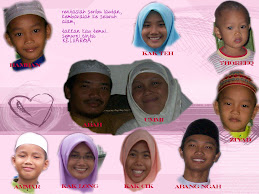
reference: merk manual of medical info.
| Types of receptors | Body’s natural agonist | Resulting action | Drugs that target the receptor |
| Adrenergic | | | |
| Alpha 1 | Epinephrine & norepinephrine | Fight or flight reactions; constriction of the blood vessels in the skin, digestive tract and urinary tract, breakdown of glucose in the liver (releasing energy, a decrease in the activity of stomach & intestine & contraction of smooth muscle in the genital & urinary organs. | Agonist: methoxamine, phenylephrine. Antagonist: doxazosin, prazosin, tamsulosin & terazosin |
| Alpha 2 | Epinephrine & norepinephrine | A decrease in insulin secretion, in the clumping of platelets, in the constriction of the blood vessels in the skin & intestine and in the release of norepinephrine from nerves. | Agonist: clonidine. Antagonist: yohimbine |
| Beta 1 | Epinephrine &norepinephrine | An increase in heart rate, in the force of heart contraction & in secretion of rennin ( a hormone in controlling blood pressure) | Agonist: dobutamine, isoproterenol.
Antagonist: beta- blockers (used to treat beta blockers and hypertension) atenolol, metaprolol. |
| Beta 2 | Epinephrine &norepinephrine | Dilatation of smooth muscle in the blood vessels, airways, digestive tract, breakdown of glycogen in skeletal muscle (releasing glucose energy). | Agonist: albuterol, isoetharine and terbetaline.
Antagonist: propanolol |
| CHOLINERGIC | | | |
| muscarinic | Acetylcholine | A decrease in heart rate and the force of the heart’s contraction, constriction of airways, dilatation of blood vessel throughout the body and an increase in activity of the stomach, intestines, bladder & salivary, lacrimal & sweat gland | Agonist: bethanechol & carbachol
Antagonist: atropine, ipratropium & scopolamine |
| Nicotine | Acetylcholine | Contraction of skeletal muscle | Agonist: not commonly used Antagonist: attacurium, pancuronium, tubocurarine |



No comments:
Post a Comment